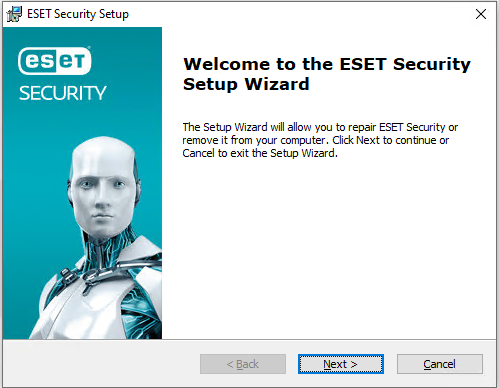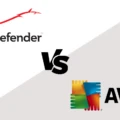Are you looking for a reliable antivirus solution but don’t know where to start? ESET is a leading provider of malware protection and has been successfully protecting users from malicious threats since 1987. With their advanced technology, they are able to offer the best protection against online threats. But what if you want to uninstall ESET from your Windows 10 computer? Don’t worry, we’ve got you covered!
In this blog post, we will discuss how to uninstall ESET from Windows 10. We will also provide some tips on using ESET to help ensure your system remains safe and secure. Let’s get started!
Uninstalling ESET from Windows 10 is easy, and can be done in just a few simple steps. First, open the Start menu and go to Settings > Apps. Scroll down the list until you find ESET Antivirus and then click Uninstall. You will then be prompted to complete the uninstallation process. Once it is finished, your system will be free of any unwanted software related to ESET.
Using ESET on your Windows 10 computer can help keep your system safe and secure from malicious software or viruses. It’s important to keep it updated so that it can protect you against the latest threats. You can do this by opening the program, clicking Setup > Computer Protection > Update Now, and following the instructions on the screen. It’s also recommended that you perform regular scans with ESET so that it can detect any potential threats in time before they damage your system.
If you still have questions about how to uninstall or use ESET on Windows 10, please contact our support team for further assistance. We’re here to help make sure your system remains protected at all times!

Completely Removing ESET Antivirus
To completely remove ESET Antivirus from your computer, you’ll need to follow a few simple steps. First, click on the Start button and head to Settings. Once there, open the Apps section. Scroll down the list until you find ESET Antivirus and click Uninstall. This will open the uninstall wizard; follow all of the prompts to complete the uninstallation process. After that’s done, go to your Control Panel and look for any remaining ESET files or folders and delete them if present. Finally, restart your computer for the changes to take effect. That should ensure that ESET Antivirus has been completely removed from your system.
Deleting ESET Software
To delete ESET from your computer, you will need to access the Uninstall or change a program window. To do this, press the Windows key + R on your keyboard to open a Run dialog. Then, type Appwiz. cpl into the field and click OK. This will open the Uninstall or change a program window, where you can select the ESET product that you want to remove and click Change. This will begin the uninstallation process for the selected ESET product. Once the uninstallation is complete, restart your computer and ESET will no longer be installed on your system.
Disabling ESET Antivirus in Windows 10
To disable ESET Antivirus in Windows 10, open your ESET product, then click Setup → Computer protection. Next, click Pause Antivirus and antispyware protection. You can then select the length of time you would like to disable the protection from the drop-down menu and click Apply. Once you have applied your desired settings, the real-time protection will be disabled for the specified duration.
Conclusion
In conclusion, ESET is an advanced antivirus and antispyware software solution that provides powerful protection for your PC. It offers a wide range of features to protect you from viruses, malware, and other online threats. It also has an easy-to-use interface that makes it simple to navigate and configure the settings. ESET also offers a free trial so you can test out the product before purchasing. With its wide range of features and easy-to-use interface, ESET is an excellent choice for keeping your computer safe from online threats.







